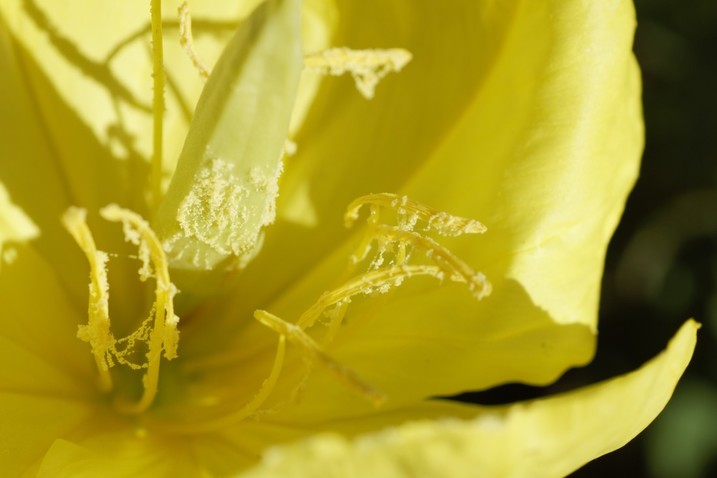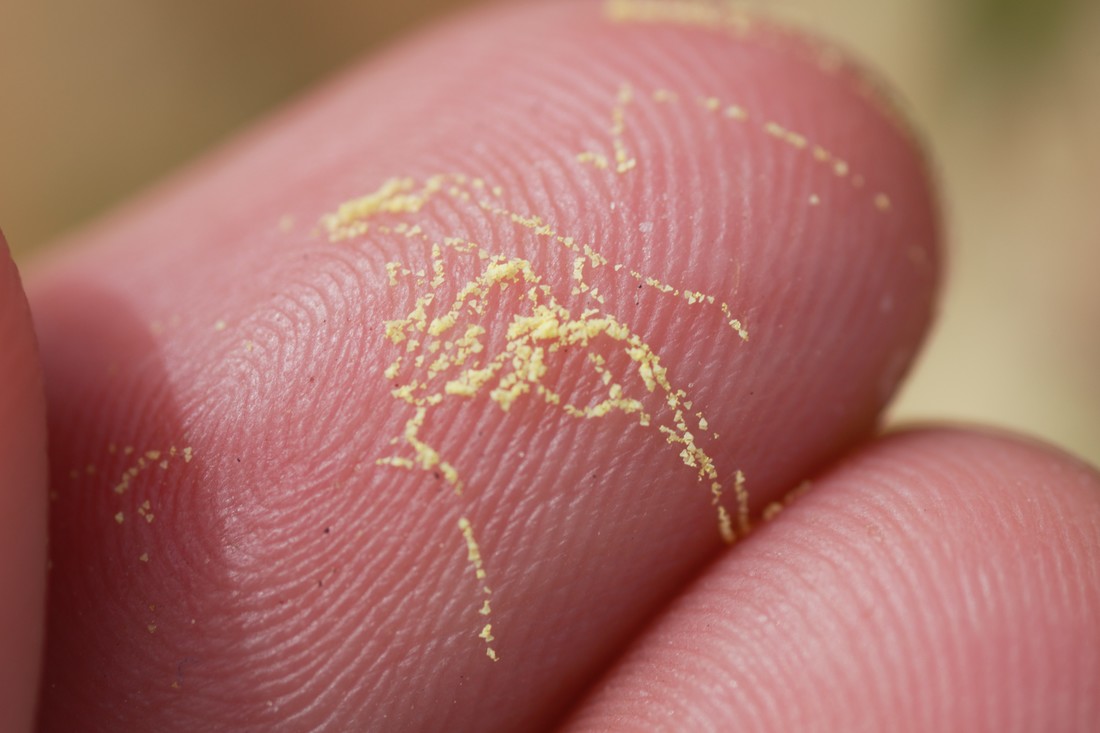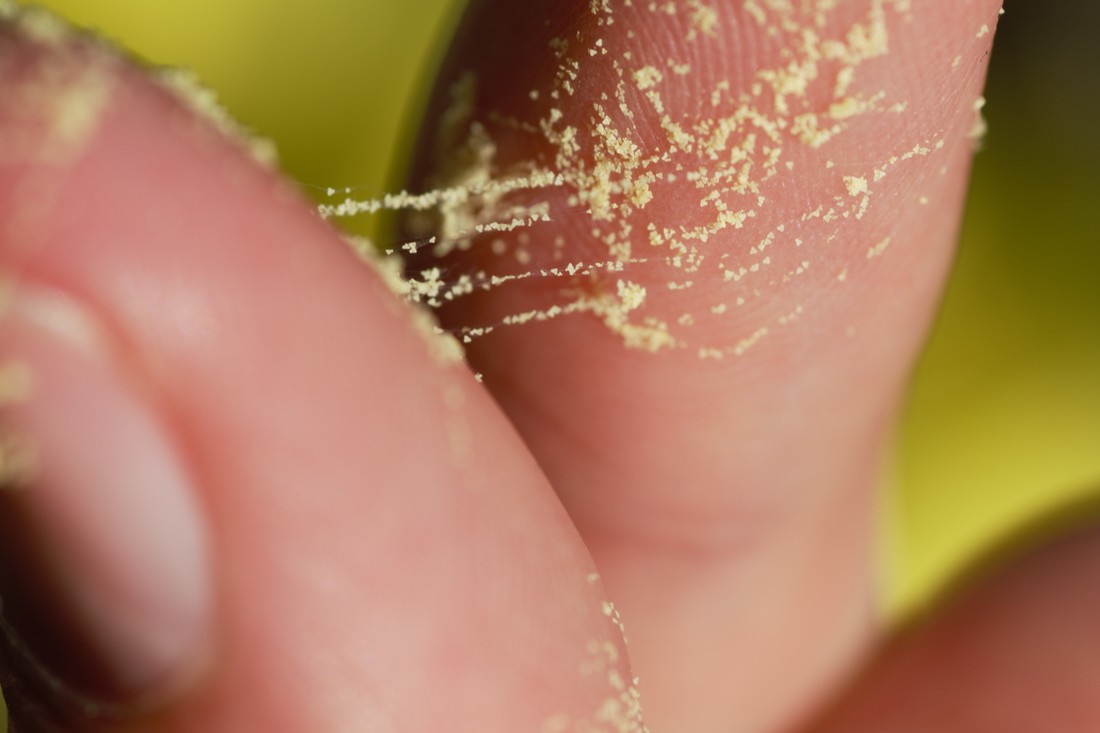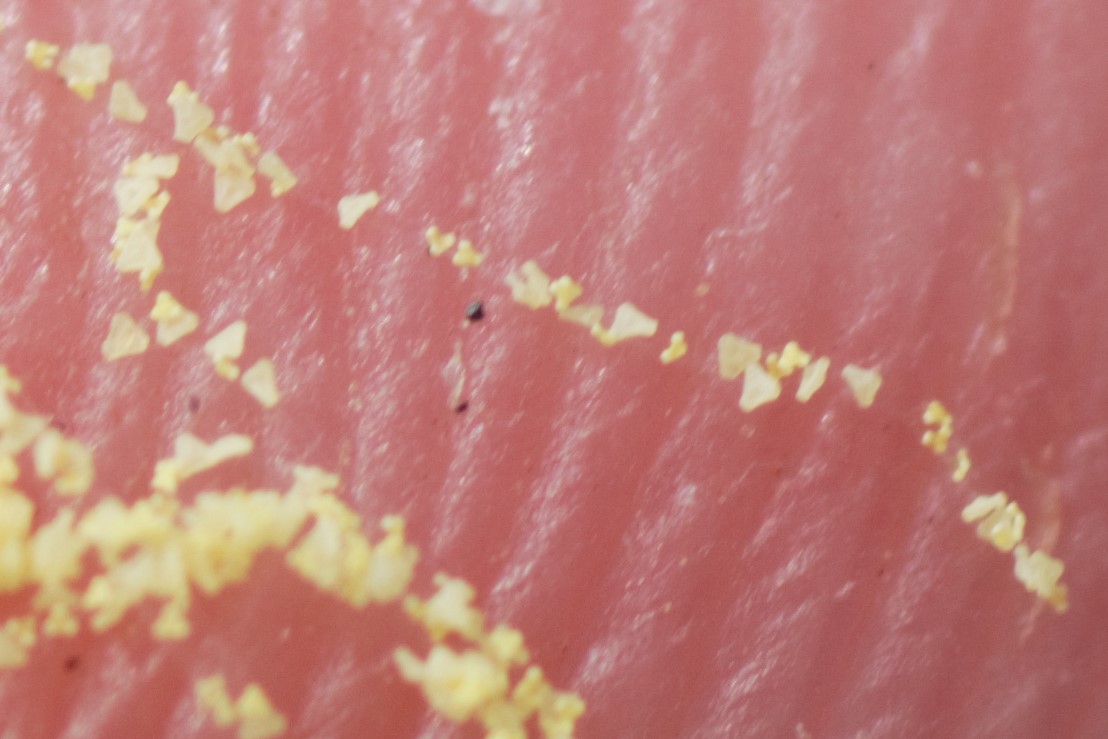0 Comments
I recently wrote a letter to the editor in PNAS in which I pointed out that nest guarding in males was not novel behavior: https://www.pnas.org/content/116/20/9711 In that letter, I was limited to 10 citations. I tried to put more in, but the journal would not let me. I then tried to complain about citation limits, but the journal wouldn’t let me do that either: As a result, I am listing the additional citations here:
References:
*guide not actually helpful
I am particularly fascinated by how the properties of host pollen affect bees. I discuss this topic a bit in my paper “Convergent evolution of pollen transport mode in two distantly related bee genera (Hymenoptera: Andrenidae and Melittidae).” In that paper, I suggest that the properties of pollen could influence how it is carried. In particular, it seems that very sticky pollen types are often carried in a dry state, even in bee groups where most species moisten the pollen in order to carry it. The plant family Onagraceae is particularly well-known for having sticky pollen. It has been well-documented that Onagraceae pollen has “viscin threads” which make the pollen sticky and difficult to handle (Linsley and MacSwain 1958, Roberts and Vallespir 1978, Hesse 1981). In fact, many Onagraceae-specialist bees have evolved specialized pollen-transporting hairs in order to effectively manipulate the pollen (Linsley 1958, Thorp 1979). However, it’s hard to get a sense of what exactly is meant by “viscin threads,” especially since if you look up “viscin” in the dictionary, it refers to the mucous-like substance in Mistletoe fruits. I believe the term “cobwebby” is the most accurate synonym for “viscin threads.” I feel like it captures the sticky, but not too sticky, nature of the threads. In my experience, these viscin threads adhere in a very similar manner to cobwebs, since their adherence feels more like it is due to static cling of the filamentous threads rather than to any inherent stickiness in the threads themselves. One last thing I want to mention about Onagraceae pollen is that I commonly see two distinct size-classes in the pollen, big grains and small grains. I have never seen this mentioned before in the literature and I don’t know why this happens, but it seems to be fairly consistent in different individual plants and even different species. I had noticed different-sized Onagraceae pollen in the scopa of bees previously, and had initially chalked it up to them visiting multiple species of Onagraceae. However, now it’s not clear whether that is the case. References
Hesse M (1981) Pollenkitt and viscin threads: their role in cementing pollen grains. Grana 20: 37–41. Linsley E (1958) The ecology of solitary bees. Hilgardia 27: 543–585. Linsley EG, MacSwain JW (1958) The significance of floral constancy among bees of the genus Diadasia (Hymenoptera, Anthophoridae). Evolution 12: 219–223. Roberts RB, Vallespir SR (1978) Specialization of hairs bearing pollen and oil on the legs of bees (Apoidea: Hymenoptera). Annals of the Entomological Society of America 71: 619–627. Thorp RW (1979) Structural, behavioral, and physiological adaptations of bees (Apoidea) for collecting pollen. Annals of the Missouri Botanical Garden 66: 788–812. I received an NSF Graduate Research Fellowship Program fellowship in 2011. I applied for the GRFP at the same time I was applying to grad school, so I submitted the application before I was accepted to grad school and heard from both around the same time. I proposed to revise the taxonomy of a group of native bees. The stipend and educational expenses from the GRFP were integral to my success as a grad student. In particular, it allowed me the time and energy to pursue additional avenues that grew out of my original research. I can confidently state that without the GRFP I would not have been nearly as successful and would potentially have dropped out of grad school.
I recently applied for an NSF postdoc award, and I was able to get my hands on some applications from successful applicants. Their willingness to share has inspired me to make my own GRFP application publicly available. Over the years I’ve shared my GRFP application with various people who have asked for it, though that number has probably been less than 10. When I was putting together my application, my primary guide was the extremely helpful article by Philip Guo: http://www.pgbovine.net/fellowship-tips.htm [Update: that link is now dead and I haven't been able to find it anywhere unfortunately]. In that article, he provides an in-depth guide on why and how to apply for the GRFP and other fellowships. He also provides copies of his application and links to two others. The format of the GRFP application has changed somewhat (from three parts to two) since they and I submitted our applications, but the core concepts remain the same. The advice I have for people applying to the NSF GRFP is to focus on the personal element of the application and to demonstrate a pattern of determination and curiosity about science in general. One of the main mistakes I see in other people who apply for the GRFP is that they focus almost entirely on their research proposal and neglecting the personal elements. It’s important to remember that the purpose of the GRFP is to nurture promising scientists, not necessarily to fund the best scientific proposals (although these often go together). With that said, here are the links to my GRFP documents [all in pdf format]: personal statement, previous research, research proposal, and the reviewer comments. One quick note: I accidentally forgot to save the very last versions of my application, so I think there are a couple spelling or punctuation errors that didn't make it into the final version. |





 RSS Feed
RSS Feed